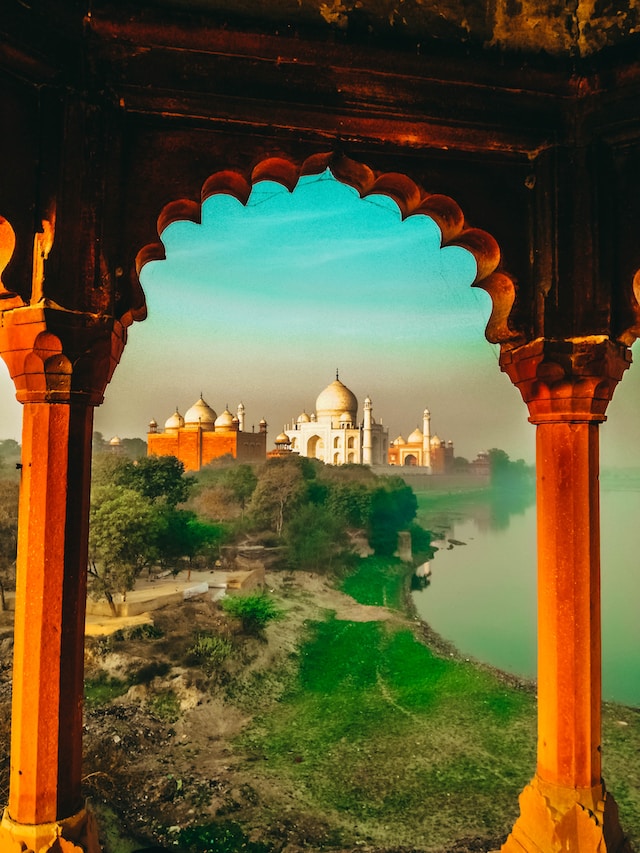Introduction
India, a land of diverse cultures, languages, and landscapes, is a traveler’s paradise. From the towering peaks of the Himalayas to the serene backwaters of Kerala, India offers a rich tapestry of experiences for every type of traveler. Whether you seek spiritual enlightenment, cultural immersion, or natural beauty, India has it all. In this article, we will take you on a journey through some of the top places to visit in India, showcasing the country’s incredible diversity and charm.
1. The Taj Mahal, Agra
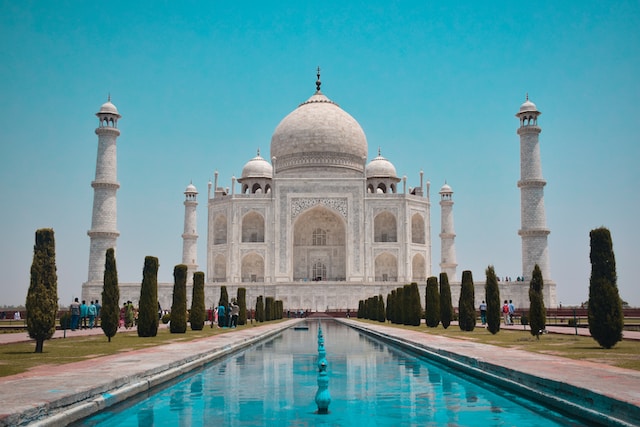
A timeless masterpiece of Mughal architecture, the Taj Mahal in Agra is a symbol of eternal love. This stunning white marble mausoleum was built by Emperor Shah Jahan in memory of his beloved wife Mumtaz Mahal. Its intricate details and the ethereal glow it radiates during sunrise and sunset make it a must-visit for anyone traveling to India.
2. Jaipur, Rajasthan
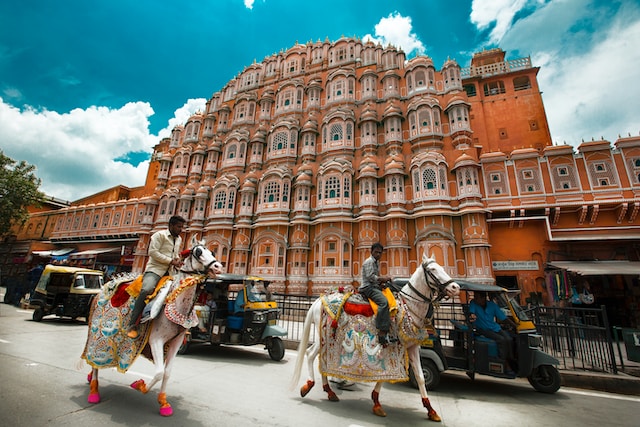
Known as the “Pink City” due to its distinctive pink-colored buildings, Jaipur is a city that exudes royal charm. Explore the grandeur of the City Palace, marvel at the Hawa Mahal (Palace of Winds), and step back in time at the Amer Fort. Jaipur is also a shopper’s paradise, with its bustling bazaars offering a wide array of textiles, jewelry, and handicrafts.
3. Varanasi, Uttar Pradesh
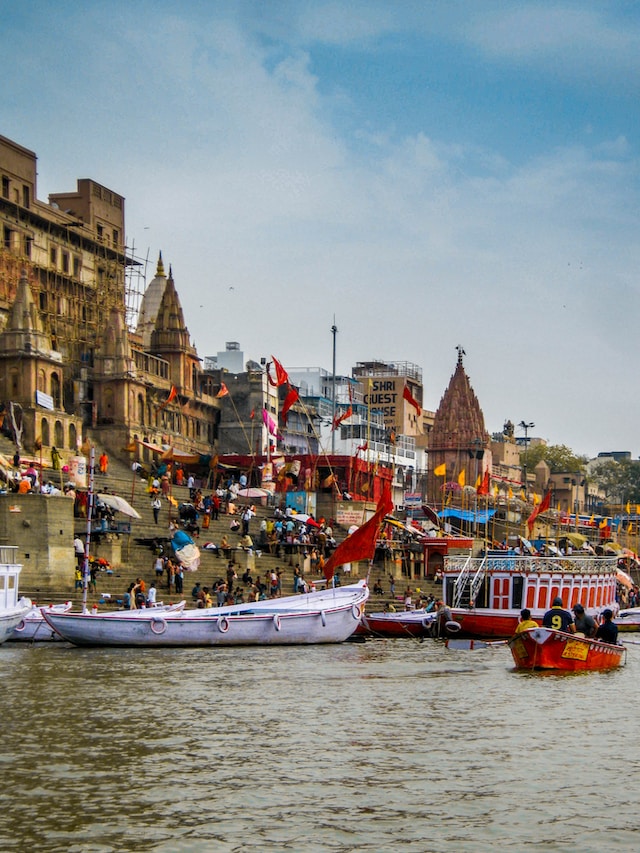
Varanasi, one of the oldest continuously inhabited cities in the world, is a spiritual hub of India. Situated on the banks of the sacred Ganges River, it is a place where ancient rituals and traditions are still very much alive. Witness the mesmerizing Ganga Aarti ceremony at Dashashwamedh Ghat and take a boat ride along the river to absorb the city’s spiritual aura.
4. Goa
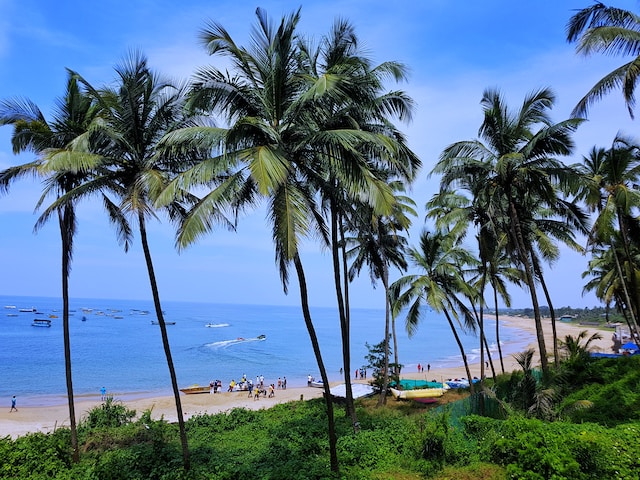
For those seeking sun, sand, and a vibrant nightlife scene, Goa is the place to be. With its pristine beaches, water sports, and a unique blend of Indian and Portuguese cultures, Goa offers a unique experience. Whether you’re looking to relax on the beach, party the night away, or explore historic churches, Goa has something for everyone.
5.Kerala Backwaters
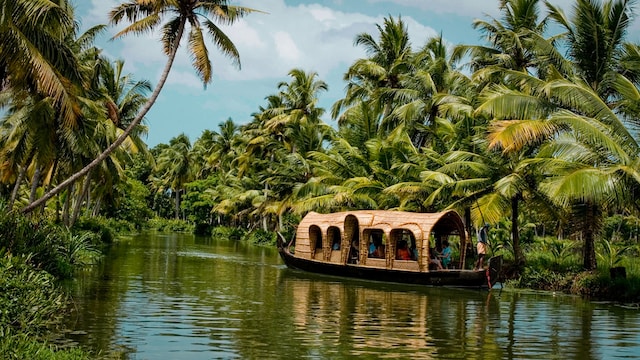
Kerala, often referred to as “God’s Own Country,” is famous for its lush green landscapes and serene backwaters. Take a houseboat cruise through the backwaters of Alleppey or Kumarakom, and you’ll be surrounded by coconut groves, rice paddies, and charming villages. Kerala’s cuisine, known for its use of fresh spices and coconut, is also a delight for food enthusiasts.
6. Leh-Ladakh, Jammu and Kashmir

For adventure seekers and nature lovers, Leh-Ladakh is a dream destination. This remote region in the Himalayas offers breathtaking landscapes, including high mountain passes, crystal-clear lakes, and Buddhist monasteries. Explore the Nubra Valley, Pangong Lake, and the monasteries of Thiksey and Hemis for a truly awe-inspiring experience.
7. Rishikesh and Haridwar, Uttarakhand
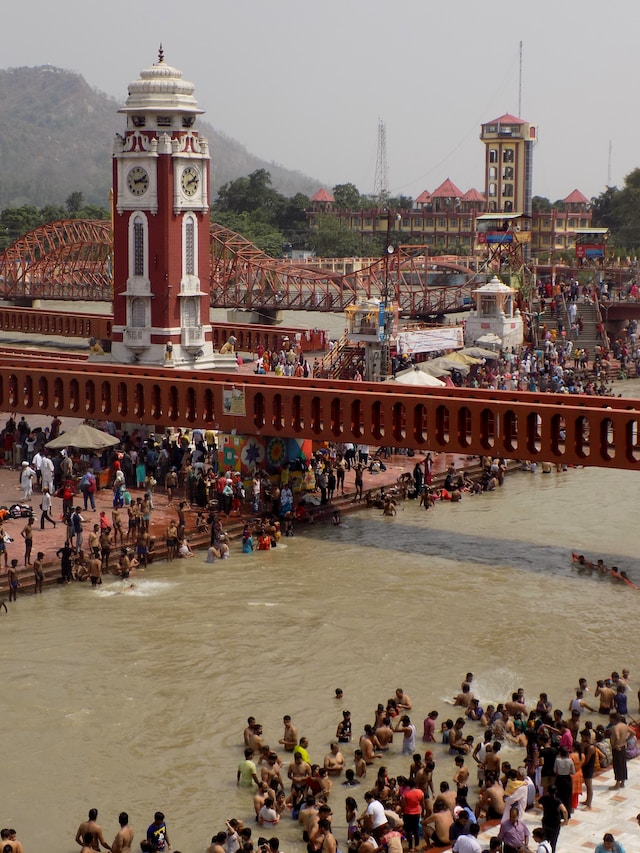
These twin towns on the banks of the Ganges River are known for their spiritual significance and adventure activities. Rishikesh is the yoga capital of the world and offers ashrams for spiritual seekers. Haridwar, on the other hand, is famous for its Ganga Aarti and vibrant festivals. Both places provide opportunities for white-water rafting, trekking, and meditation.
8. Mumbai, Maharashtra
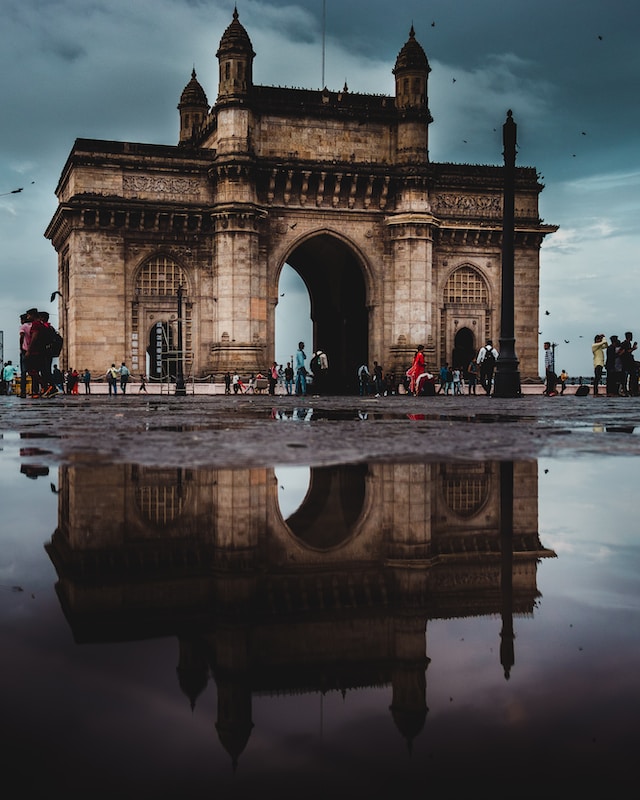
As India’s financial capital and the heart of the Bollywood film industry, Mumbai is a bustling metropolis with a unique blend of colonial architecture, contemporary skyscrapers, and a lively street food scene. Don’t miss the Gateway of India, Marine Drive, and a stroll along Juhu Beach.
Conclusion:
India’s diversity and richness can be overwhelming, but it’s what makes this country such a captivating destination. These top places to visit in India offer just a glimpse of what this incredible country has to offer. Whether you’re drawn to its history, spirituality, natural beauty, or cultural vibrancy, India promises a journey of a lifetime. So, pack your bags and embark on an unforgettable adventure through the enchanting landscapes and traditions of India.
Frequently Asked Questions (FAQs
1. Is India a safe travel destination?
India is generally safe for tourists, but like any other country, it’s essential to exercise caution. Be aware of your surroundings, avoid risky areas, and take common-sense precautions. It’s also advisable to check the latest travel advisories and stay updated on the local news during your visit.
2. What’s the best time to visit India?
The ideal time to visit India depends on the region and your preferences. The winter months (October to March) are generally the best for most parts of India when the weather is cooler and more comfortable. However, if you’re planning to visit the Himalayan region for snow activities, the winter months are the best. On the other hand, Kerala and Goa are great year-round destinations, but monsoon season (June to September) should be avoided if you want to avoid heavy rains.
3. What should I wear when visiting religious sites in India?
When visiting temples, mosques, and other religious sites, it’s respectful to dress modestly. For both men and women, it’s advisable to wear clothing that covers your shoulders and knees. Carrying a scarf or shawl to cover your head can be helpful as well. Some religious sites may have specific dress code requirements, so it’s a good idea to check in advance.
4. Do I need a visa to visit India?
Most travelers to India require a visa. The type of visa (tourist, business, etc.) and the application process can vary based on your nationality. It’s crucial to research and apply for the appropriate visa well in advance of your travel dates. The e-Visa system has made the process more accessible for many travelers.
5. Can I drink tap water in India?
It’s generally not advisable to drink tap water in India, as it may not be safe for foreign stomachs.Opt for readily accessible and budget-friendly bottled water.Also, avoid using ice in your drinks at local restaurants unless you are certain it’s made from purified water.
6. What vaccinations do I need before traveling to India?
Before traveling to India, it’s recommended to consult a travel clinic or your healthcare provider for vaccinations and health precautions. Typical vaccinations encompass hepatitis A and B, typhoid, and tetanus. Depending on your travel plans and the regions you intend to visit, you may also require additional vaccinations or medications for diseases like malaria.
7. How should I handle currency and payments in India?
India’s official currency is the Indian Rupee (INR), so it’s recommended to have a combination of cash and credit/debit cards with you. Major cities and tourist areas have ATMs, and credit cards are widely accepted in hotels, restaurants, and larger shops. However, in more remote areas, cash may be the only accepted form of payment, so it’s a good idea to carry some cash with you.
8. Is haggling common in Indian markets?
Yes, haggling is a common practice in Indian markets, especially in local bazaars and street markets. Vendors often quote higher prices to tourists, so negotiating a fair price is expected. Be polite but firm in your negotiations, and don’t be afraid to walk away if you can’t agree on a price.
9. Are there language barriers in India?
India is a linguistically diverse country with several hundred languages and dialects. However, English is widely spoken and understood, especially in urban areas and among people in the tourism industry. Learning a few basic Hindi phrases can also be helpful and appreciated by locals.
10.What’s the most efficient mode of transportation within India?
The most suitable mode of transportation in India depends on your itinerary and budget. Options include domestic flights, trains, buses, and private taxis. Trains are a popular choice for long-distance travel, offering a cost-effective and scenic way to explore the country. For shorter distances within cities, auto-rickshaws, taxis, and ride-sharing apps like Uber and Ola are convenient choices.
